Reversing a manual transmission car requires precise coordination between the clutch, gearshift, and pedals. It involves understanding the mechanics of reverse gear engagement and maintaining control while backing up. Mastering this skill ensures smooth, jerk-free movement and enhances overall driving confidence. Proper technique and safety measures are essential to avoid accidents and stalls, especially in tight spaces or busy areas.
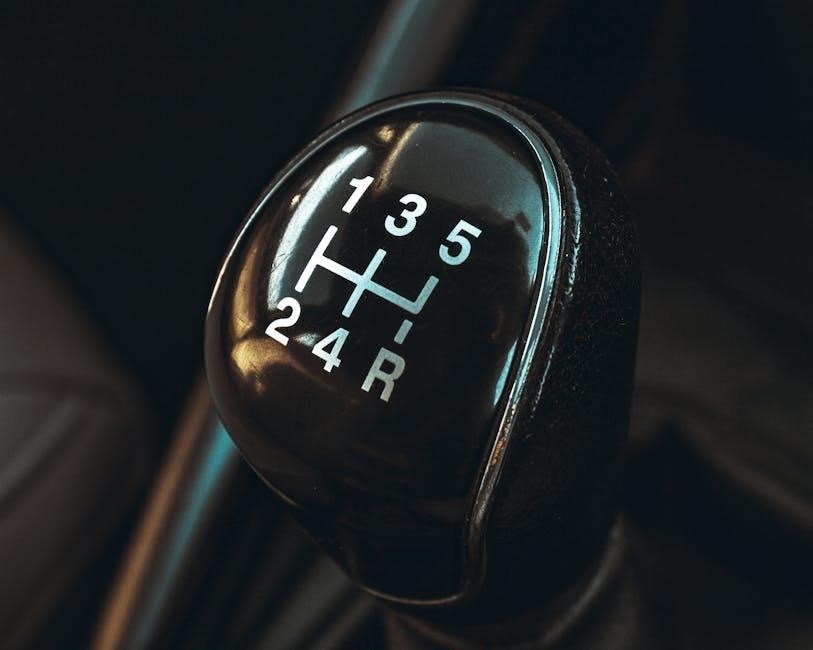
Preparation for Reversing
Before reversing, ensure the vehicle is stationary on a level surface. Engage the handbrake and press the clutch pedal fully to prepare for shifting into reverse gear smoothly.
2.1. Finding a Safe Location
Always choose a flat, obstacle-free area for reversing. Ensure there are no people, pets, or objects behind or around the vehicle. Check for a clear exit path and avoid sloped surfaces; Turn off distractions like music and engage the handbrake. Use mirrors and turn your head to verify surroundings. A safe location minimizes risks and allows focus on mastering reverse gear techniques without interruptions or hazards.
2.2. Familiarizing Yourself with the Controls
Understand the location and function of the clutch, accelerator, and brake pedals. The gearshift, typically between the front seats, varies by car. Reverse gear is often left of neutral, sometimes with a lockout button. Practice shifting gears while stationary to feel the mechanism. Adjust mirrors for optimal visibility and get comfortable with the handbrake’s placement. Familiarity with these controls enhances confidence and coordination when reversing.

Safety Measures Before Reversing
Safety is crucial before reversing. Always check your surroundings, ensure the vehicle is stationary, and use mirrors for visibility. Stay vigilant for obstacles.
3.1. Checking Surroundings
Before reversing, thoroughly check your surroundings for obstacles, pedestrians, and other vehicles; Use rear and side-view mirrors to ensure visibility. Be aware of blind spots and turn your head if necessary. Keep an eye out for children or pets that may suddenly appear. Clearing the area minimizes risks and ensures a safer reversing process. Stay alert to avoid collisions.
3.2. Ensuring the Vehicle is Stationary
Before reversing, ensure the vehicle is completely stationary by pressing the brake pedal firmly. Engage the clutch pedal fully and shift the gear lever into neutral. This prevents any unintended movement. For added safety, apply the handbrake to secure the car in place. Ensuring the vehicle is stationary is crucial for maintaining control and avoiding accidents while preparing to reverse.
Engaging Reverse Gear
Press the clutch fully, then move the gear lever into reverse. This engages the reverse gear, allowing the car to move backward. Ensure smooth engagement for control.
4.1. Starting the Car and Engaging the Clutch
Turn the ignition and start the engine. With the car stationary, press the clutch pedal fully using your left foot. This disengages the engine from the transmission, preparing it for gear changes. Ensure the car remains still before shifting into reverse. The clutch must be fully pressed to avoid jerking or stalling when engaging reverse gear.
4.2. Shifting into Reverse Gear
Locate the reverse gear, typically found to the left of neutral on most manual transmissions. Press the clutch fully and move the gearshift into reverse, often requiring a slight press or lift of a button. Ensure the car is stationary before shifting. Once engaged, the car is ready to move backward. Always double-check your surroundings and mirrors before proceeding. This step is crucial for smooth and controlled reversing.

Controlling Speed While Reversing
Control speed by gently adjusting the clutch and gas pedals. Release the clutch slowly to avoid jerking and use the gas pedal minimally for smooth movement. Always maintain a slow pace to ensure visibility and safety while reversing. This method prevents rapid acceleration and allows precise maneuvering in tight spaces.
5.1. Using the Clutch Pedal
When reversing, the clutch pedal is crucial for controlling speed. Engage the clutch slowly to avoid sudden jerks. Release it partially to the “biting point” where the engine begins to engage with the wheels, allowing the car to creep backward. Adjust the pedal gradually to maintain a steady pace, preventing stalls. This technique ensures smooth, controlled movement while reversing, especially in tight spaces or uphill situations.
5.2. Adjusting Speed with the Gas Pedal
Once in reverse gear, gently press the gas pedal to control speed. Light pressure ensures slow, steady movement, while more pressure increases speed. Avoid sudden acceleration to maintain control. Use the clutch and gas pedals together to adjust pace smoothly, especially when navigating tight spaces or inclines. This balanced approach prevents jerking and allows precise maneuvering while reversing, enhancing safety and ease of operation.
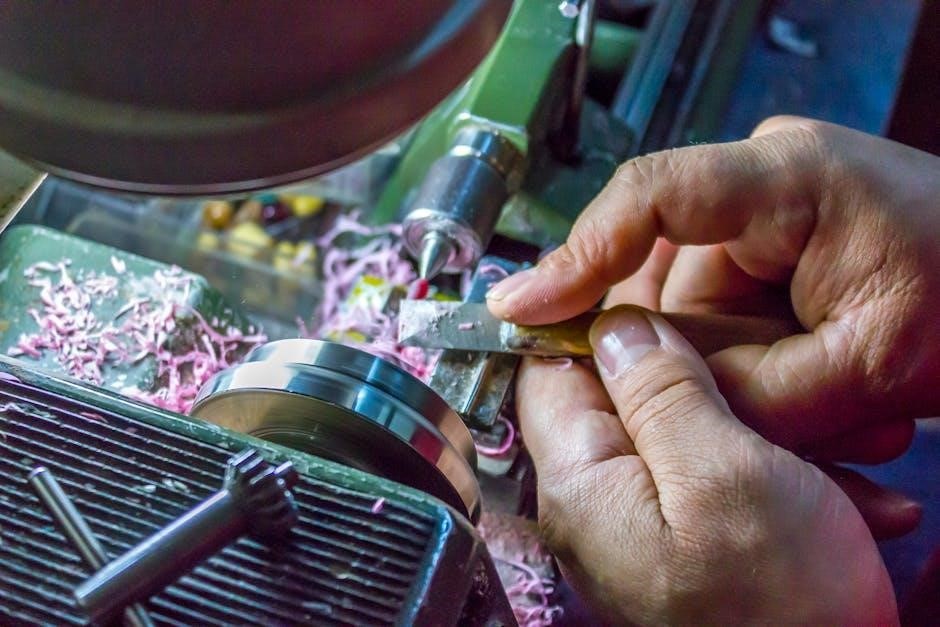
Using Mirrors and Looking Back
Using mirrors and looking back are crucial for safe reversing. Check rear and side-view mirrors to monitor blind spots. Turn your head for better visibility, ensuring awareness of obstacles and surrounding movements while maintaining control of the vehicle.
6.1. Utilizing Rear and Side-View Mirrors
When reversing, start by checking your rear and side-view mirrors to assess your surroundings. Rear mirrors provide a clear view behind the vehicle, while side mirrors reveal blind spots. Regularly glance at these mirrors to stay aware of obstacles, pedestrians, or other vehicles approaching from the sides or rear. This ensures safer maneuvering and helps prevent accidental collisions while backing up. Consistent mirror checks are essential for maintaining situational awareness during the reversing process, especially in tight spaces or busy environments. By utilizing your mirrors effectively, you can navigate reverse movements with greater confidence and control, minimizing risks and enhancing overall safety. Additionally, combining mirror checks with physical turns of the head provides a more comprehensive view, ensuring no obstacles are missed. This dual approach to visibility is a key component of mastering the art of reversing a manual transmission vehicle smoothly and efficiently. Always remember that mirrors are your primary tools for assessing your environment while reversing, and their effective use is vital for safe and successful maneuvers. Stay vigilant and keep your eyes moving between the mirrors to adapt to any changes in your surroundings. This practice will help you avoid potential hazards and maintain a steady, controlled pace while reversing. It’s also important to adjust your mirrors before starting to reverse, ensuring they are positioned correctly for optimal visibility. Properly aligned mirrors can significantly reduce blind spots, making the reversing process less challenging and more manageable, even for inexperienced drivers. In summary, the strategic use of rear and side-view mirrors is indispensable when reversing a manual transmission car, as it provides the necessary visual information to navigate safely and effectively. By integrating mirror checks into your reversing routine, you can enhance your driving skills and reduce the likelihood of accidents, making every reverse maneuver a confident and controlled experience. The combination of technology and driver awareness through mirrors ensures a safer and more efficient reversing process, allowing you to handle various driving scenarios with ease and precision.
6.2. Turning Your Head for Better Visibility
Turning your head while reversing provides a clearer view of your surroundings, especially blind spots mirrors might miss. Look over your shoulder to see obstacles directly behind or to the sides. This physical check complements mirror use, ensuring better awareness. Keep your head turned briefly to maintain control of the steering wheel. Adjust your body position slightly for a wider field of vision, enhancing safety during reverse maneuvers. Stay alert and avoid prolonged distractions while turning your head, as continuous control of the vehicle is crucial. By combining mirror checks with head turns, you achieve comprehensive visibility, reducing the risk of accidents. This technique is particularly useful in tight spaces or when obstacles are near, allowing for precise and confident reversing. Regular practice of this method will improve your ability to navigate safely while reversing a manual transmission car.

Common Mistakes to Avoid
Common mistakes include jerking or stalling the vehicle, reversing too quickly, and failing to properly check surroundings. These errors can lead to accidents or loss of control.
7.1. Jerking or Stalling the Vehicle
Jerking or stalling often occurs due to improper clutch control. Releasing the clutch too quickly can cause the vehicle to jerk or stall, especially when reversing uphill. To avoid this, slowly release the clutch while gently pressing the accelerator. Practice finding the “biting point” where the engine begins to engage, ensuring smooth movement without sudden stops or jerks. Consistent practice helps develop muscle memory for better control.
7.2. Reversing Too Quickly
Reversing too quickly can lead to loss of control and increased risk of accidents. It reduces reaction time to obstacles and makes it harder to judge distances accurately. Slow, deliberate movements are essential for safe reversing, especially in tight spaces or areas with pedestrians. Avoid rushing, as sudden acceleration can cause skidding or poor vehicle response.
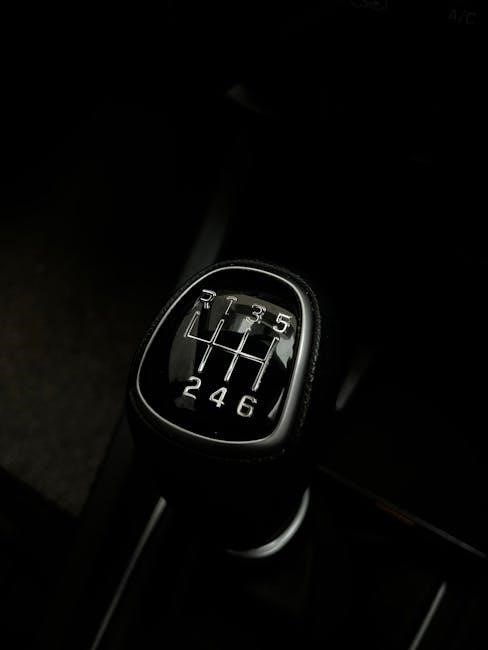
Understanding the Biting Point
The biting point is when the clutch begins to engage, feeling slight resistance. It’s crucial for smooth starts and reversing without jerking, ensuring better low-speed control.
8.1. Feeling the Clutch Engage
Feeling the clutch engage is vital for smooth control. As you slowly release the pedal, you’ll sense resistance, indicating the biting point. This feedback helps you avoid jerks when reversing. Proper engagement ensures the car moves steadily, preventing stalls. Practice this sensation to master the clutch’s behavior, enhancing your ability to reverse smoothly and confidently in any situation.
8.2. Maintaining Control at Low Speed
Maintaining control at low speed is crucial for reversing a manual car. Use the gas pedal gently to regulate speed, ensuring smooth movement. Stay alert to your surroundings, as quick reactions are essential. The biting point helps maintain steady progress without stalling. Keep your focus on the path behind and use mirrors for better awareness. This careful approach ensures precise control and safety while reversing in tight spaces or busy environments.
Physical Technique for Smoother Reversing
Proper posture and hand positioning are key. Hold the gear lever firmly and look over your shoulder for visibility. Use mirrors to enhance awareness, ensuring smooth reversing.
9.1. Hand Position on the Gear Lever
Position your hand firmly on the gear lever, ensuring a secure grip. This allows precise control when shifting into reverse. Avoid over-gripping, as it can cause unintended movements. Keep your wrist straight and your forearm relaxed to maintain smooth, intentional shifts. Proper hand placement minimizes jerky transitions and enhances overall control while reversing. Consistency in hand positioning helps develop muscle memory for seamless gear changes.
9.2. Body Position for Better Visibility
Maintain proper posture by sitting up straight with your shoulders aligned and feet firmly on the floor. Adjust your seat height to ensure a clear view behind. When reversing, turn your head and shoulders to face the rear, keeping your eyes focused on the path. This position enhances visibility, reduces blind spots, and improves control while reversing. Proper body alignment is key to safe and effective maneuvering.

Practicing Reversing
Practicing reversing in an open space helps build confidence and control. Start with straight-line backups, then gradually incorporate turns and obstacles. Consistent practice improves coordination between the clutch and accelerator, making reversing smoother and more intuitive over time.
10.1. Starting in an Open Space
Begin practicing reversing in a large, open space like an empty parking lot. Start on level ground to avoid complications with inclines. Look for a clear area with no obstacles to ensure safety. Practice straight-line reversing first, focusing on clutch control and slow, steady movement. Use landmarks or cones to guide your alignment. This environment allows you to build confidence and refine your technique without the pressure of tight spaces or traffic. Keeping your speed low and movements deliberate helps improve coordination and visibility, making the process safer and more effective. Over time, this foundational practice will enhance your ability to reverse accurately and smoothly, even in more challenging conditions.
10.2. Gradually Increasing Difficulty
Once comfortable in open spaces, introduce challenges like reversing in narrow lanes or curved paths. Practice reversing uphill or downhill to refine clutch control and brake coordination. Incorporate obstacles such as cones or small barriers to improve accuracy. Gradually reduce visibility, such as reversing toward a wall, to enhance reliance on mirrors and spatial awareness. Each step builds confidence and skill, preparing you for real-world scenarios. Slow, deliberate movements are key to mastering these advanced techniques and ensuring safety in complex environments.
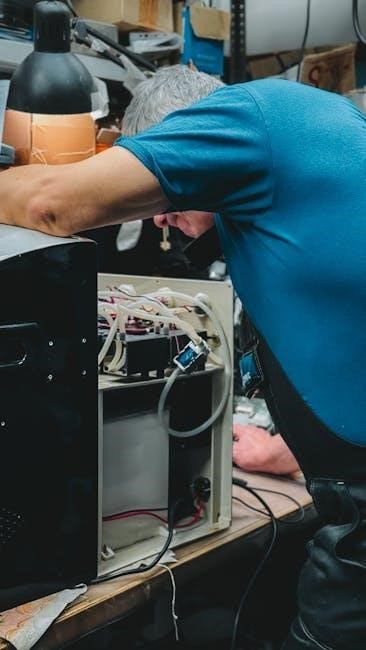
Additional Tips for Reversing
Engage the handbrake when stationary to prevent rolling. Stay vigilant for unexpected obstacles and maintain a slow, steady pace to ensure full control while reversing safely.
11.1. Using the Handbrake
Engaging the handbrake is crucial for stability when reversing. Always apply it firmly after coming to a complete stop to prevent unintended movement. This ensures safety, especially on inclines or uneven surfaces. Proper handbrake use avoids wheels locking and maintains vehicle control. Regularly check its effectiveness to guarantee reliability while reversing or parking. It enhances overall driving confidence and security.
11.2. Staying Alert to Changing Surroundings
Always remain vigilant while reversing, as surroundings can change quickly. Continuously check mirrors and look back to monitor obstacles or moving objects. Be aware of pedestrians, other vehicles, or unexpected hazards. Avoid distractions and maintain focus on your path. Stay patient and observant to ensure safety and control while reversing. This mindset helps prevent accidents and adapts to dynamic environments effectively.
Mastering the art of reversing a manual transmission car requires patience, practice, and attention to detail. By understanding the clutch, gear engagement, and safety measures, you can confidently navigate reverse situations. Regular practice in open spaces and gradually challenging environments will refine your skills. Remember to stay alert, use mirrors effectively, and maintain control at all times. With persistence, reversing becomes second nature, enhancing your overall driving proficiency and confidence behind the wheel.
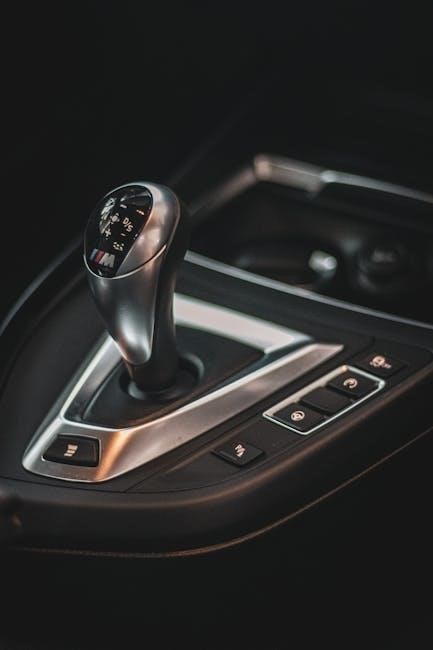
Leave a Reply
You must be logged in to post a comment.